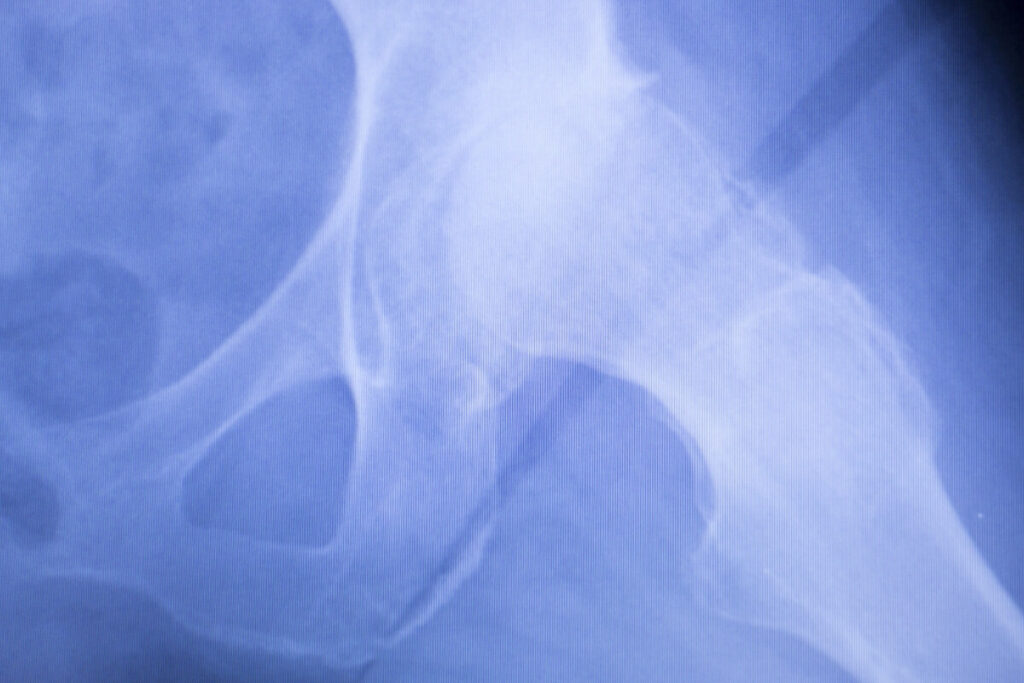What Is Capsular Closure During Hip Arthroscopy?

Hip arthroscopy is a minimally invasive procedure used to treat conditions inside the hip joint such as labral tears, femoroacetabular impingement (FAI), and cartilage damage.
To access the joint, the surgeon often makes a cut in the hip capsule, a strong band of tissue that surrounds and stabilises the joint.
Capsular closure refers to the process of stitching or repairing this capsule at the end of surgery to restore stability and support long-term hip function.
Understanding the Hip Capsule
What Is the Hip Capsule?
The hip capsule is a tough, fibrous layer of tissue that surrounds the hip joint. Its role is to:
- Keep the femoral head (ball of the thigh bone) securely in the hip socket
- Provide stability during movement
- Work with the labrum and surrounding ligaments to protect the joint
Why Surgeons Open the Capsule
During hip arthroscopy, the capsule is temporarily cut (capsulotomy) to allow instruments to access and repair damaged tissue. Without this step, treating labral tears or reshaping bone in FAI would not be possible.
What Does Capsular Closure Involve?
Technique
Once the surgical repairs are complete, the surgeon uses sutures to close the capsule. In some cases, they may also tighten it, a process called capsular plication.
Goal of the Procedure
- Restore the capsule’s strength
- Reduce the risk of instability
- Support the repaired labrum and cartilage
- Promote natural joint movement
Why Is Capsular Closure Important?
Preventing Hip Instability
Without closure, the hip joint may feel loose or unstable, leading to pain or even micro-instability over time.
Supporting Labral and Cartilage Repairs
A stable capsule protects surgical repairs, allowing them to heal effectively.
Improving Long-Term Outcomes
Studies suggest that patients who undergo capsular closure are more likely to achieve lasting improvements in pain relief, function, and return to sport.
Who Benefits Most from Capsular Closure?
Capsular closure is particularly important for:
- Young and active patients (including athletes)
- Patients with generalised joint laxity (naturally loose joints)
- Patients undergoing labral repair or hip preservation procedures
In contrast, patients with stiff hips or advanced arthritis may not always require closure.
Risks and Considerations
While capsular closure is generally safe, potential risks include:
- Over-tightening, which may cause stiffness
- Incomplete closure, leading to ongoing instability
- Longer recovery if the capsule requires extensive repair
Your surgeon will weigh these risks based on your hip condition and activity level.
Recovery After Capsular Closure
Rehabilitation plays a vital role in recovery. Physiotherapy is usually recommended to:
- Gradually restore range of motion
- Strengthen surrounding muscles
- Protect the repaired capsule while it heals
Most patients return to daily activities within a few weeks and progress to sport or high-level activities in several months, depending on the extent of surgery.
Conclusion
Capsular closure during hip arthroscopy is the process of repairing the hip capsule after it has been opened for surgery. It is a key step in maintaining hip stability, protecting repairs, and improving long-term outcomes—especially for younger, active patients or those with labral tears.
If you are considering hip arthroscopy, discussing capsular closure with your surgeon can help you understand whether it is appropriate for your specific case and how it may affect your recovery.
